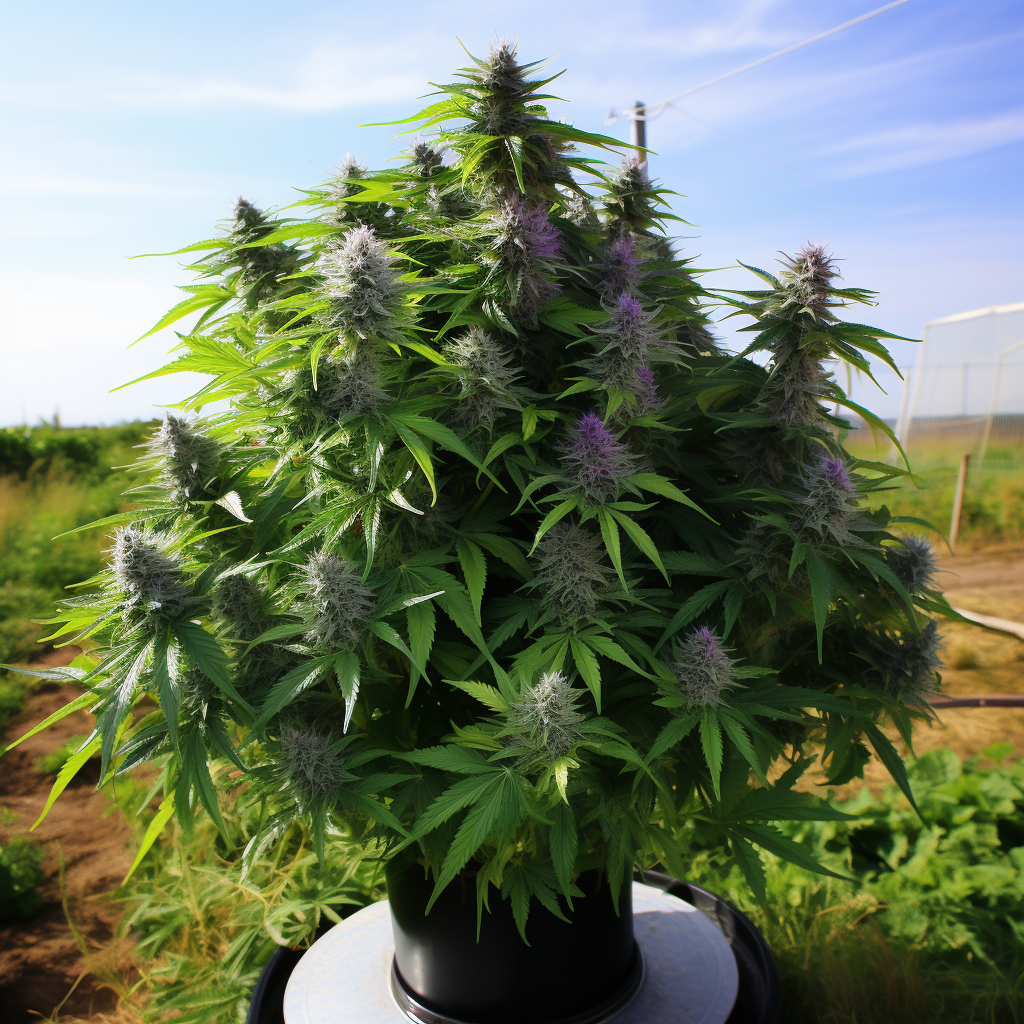The Inevitable Decline in Profit Margins for Cannabis Businesses
The cannabis industry in the United States has seen unprecedented growth in recent years, thanks to a wave of state-level legalization. However, there’s a harsh reality lurking beneath the surface of this green rush that many entrepreneurs and investors may not fully comprehend. Cannabis businesses that once thrived on high profit margins due to its illegal status are now facing a looming challenge as legalization continues to spread. The primary reason behind this impending downfall is straightforward: legalization empowers individuals to grow their own cannabis plants, leading to a significant drop in product prices. This shift is akin to expecting to make significant profits by selling zucchinis or tomatoes, when anyone can easily cultivate these crops at home. In this article, we’ll explore the reasons why cannabis businesses in the United States might eventually fail as they lose the advantage of prohibition-related high profit margins, and why they’re heading toward a price point more akin to other state-taxed agricultural commodities, like tobacco.
The Changing Economics of Cannabis
One of the most significant transformations in the cannabis industry is the dramatic shift in prices. In the pre-legalization era, cannabis, due to its illegal status, could command a premium price, with an ounce of high-quality product often selling for as much as $450. However, post-legalization, the price landscape has undergone a radical shift. Wholesale prices have plummeted, to the extent that pounds of cannabis can now be acquired for the same price that an ounce once commanded. The major driver behind this seismic change is the transition from an illegal commodity to a regulated, readily available product.
The Value of a Single Cannabis Plant
A compelling illustration of the shifting economics can be found in the value of a single cannabis plant, especially when cultivated by expert growers. In the pre-legalization era, such a plant could have been worth a substantial sum. Consider the value of a single cannabis plant producing 16 pounds of dried flower in the pre-legalization era. Given the old price of $450 per ounce, this plant could have been valued at an impressive $115,200.
However, in the post-legalization era, the landscape has changed significantly. With the new pricing structure, where cannabis is often sold by the pound at $450, the value of such a plant has taken a substantial hit. Now, the value of a 16-pound yield from a single plant is significantly less in the legalized market, with a post-legalization value of $7,200.
The Reality of Agricultural Profit Margins
What underlines this shift is the reality of agricultural profit margins. In the world of agriculture, high profit margins are a rare exception, not the norm. Agricultural industries operate on thin margins due to factors such as production costs, market competition, and fluctuating commodity prices. The cannabis industry is no exception to these principles, especially as it transitions from an illicit trade to a legitimate, regulated market.
The Inevitable Decline in Cannabis Prices
The prices for cannabis are on a trajectory towards a decline that aligns more closely with other state-taxed agricultural commodities, such as tobacco. For example, the price of tobacco hovers around $2 per pound, considering the state taxes and scale of production. Cannabis, though a different crop, may face a similar fate with price points nearing $50 per pound, given the higher labor costs involved in its cultivation. However, it’s important to note that no cannabis business is likely to remain viable if it relies solely on selling cannabis at such low profit margins.
The cannabis industry in the United States has experienced explosive growth, but it now faces the inevitable reality of declining profit margins. The legalization of cannabis, combined with the accessibility of home cultivation, has upended the market dynamics. Prices have plummeted, and the allure of high profits that was once associated with illegal sales has dissipated.
The example of a single cannabis plant’s shifting value, with a once-lucrative pre-legalization worth compared to the new post-legalization reality, serves as a potent illustration of the hurdles that cannabis businesses must confront. As home cultivation becomes increasingly popular, and the illegal market diminishes, cannabis businesses need to adapt, innovate, and offer unique value to consumers. To remain competitive, they must navigate these challenges successfully, acknowledging that the days of exorbitant profits are over. Those who can innovate and thrive in this evolving landscape will likely secure their place, while others may falter, much like someone attempting to open zucchini or tomato stores in a world where individuals can effortlessly grow their own.





